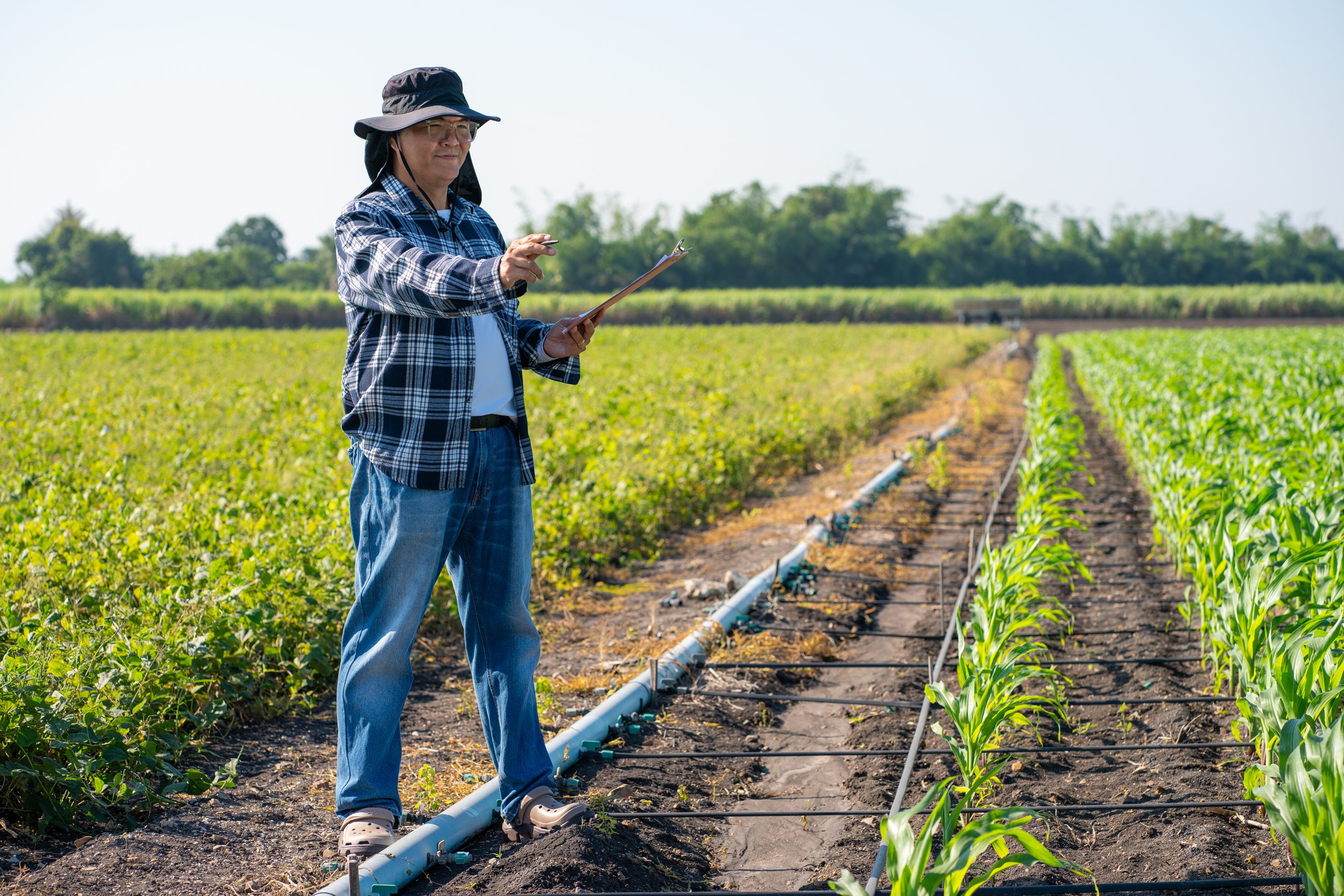- Groundwater supplies 41% of California’s water in normal years.
- 4.1 million acre-feet of water was recharged in 2023.
- State agencies are supporting local groundwater sustainability efforts.
Monday, March 17, 2025 — California is entering a critical new phase in its efforts to manage and sustain groundwater resources, as the state continues implementing the Sustainable Groundwater Management Act (SGMA). The California Department of Water Resources (DWR) highlighted the progress made since the legislation’s passage in 2014, as well as the challenges ahead.
highlighted the progress made since the legislation’s passage in 2014, as well as the challenges ahead.
Groundwater is a vital resource for California, supplying about 41% of the state’s total water needs in an average year and up to 60% during droughts. SGMA, enacted to ensure long-term groundwater sustainability, has led to the formation of more than 250 local Groundwater Sustainability Agencies (GSAs), tasked with managing and protecting groundwater supplies.
“The work that has been accomplished wouldn’t have been possible without the partnership and effort of over 250 local Groundwater Sustainability Agencies,” said Paul Gosselin, DWR Deputy Director for Sustainable Water Management . These agencies have developed over 100 groundwater sustainability plans (GSPs), which aim to protect drinking water wells, reduce land subsidence, and improve groundwater conditions across the state.
. These agencies have developed over 100 groundwater sustainability plans (GSPs), which aim to protect drinking water wells, reduce land subsidence, and improve groundwater conditions across the state.
Data and Investments Drive Groundwater Security.
California is now collecting more groundwater data than ever before, providing state and local water managers with a clearer picture of underground water reserves. This data informs decisions on water use, conservation, and replenishment efforts. A key component of these efforts is groundwater recharge, which involves actively replenishing underground aquifers. In 2023 alone, managed recharge projects added 4.1 million acre-feet of water to California’s aquifers, significantly improving water reliability.
DWR is also investing in programs that enhance surface water storage, expand conveyance systems, and support groundwater recharge efforts. The Department of Conservation’s Multibenefit Land Repurposing Program and the Governor’s Office of Business and Economic Development’s Jobs First Initiative are helping local communities adapt to changing water use requirements while ensuring economic and environmental sustainability.
Challenges and Adaptations Ahead.
SGMA is designed to give local agencies control over their groundwater management strategies while allowing for adjustments based on evolving conditions. Some of California’s most water-stressed areas, classified as critically overdrafted basins, are now five years into plan implementation. Local communities have reported challenges, including economic and agricultural impacts, as they work toward sustainability goals.
“Implementation of the GSPs will certainly present a new understanding of how the groundwater systems function and methods to better manage our groundwater,” said Gosselin . He emphasized the importance of adaptive management, acknowledging that plans will need to be refined as new challenges emerge.
. He emphasized the importance of adaptive management, acknowledging that plans will need to be refined as new challenges emerge.
To support GSAs, DWR is providing technical and financial assistance, as well as facilitation support to help manage sensitive discussions about water use. Additionally, the agency plans to release guidance on interconnected surface water depletion and land subsidence later this year, aiming to help local agencies address these key issues.
A Sustainable Future for Groundwater.
As California moves into the next phase of groundwater management, collaboration between state and local agencies will be essential. With continued investment, data-driven decision-making, and adaptive strategies, SGMA is paving the way toward a more sustainable groundwater future.
“Through local actions, wise management, and collaboration, the path forward will lead to progress toward a sustainable groundwater future for California,” said Gosselin.
~~~
Image Licensed through Envato.





Leave a Reply